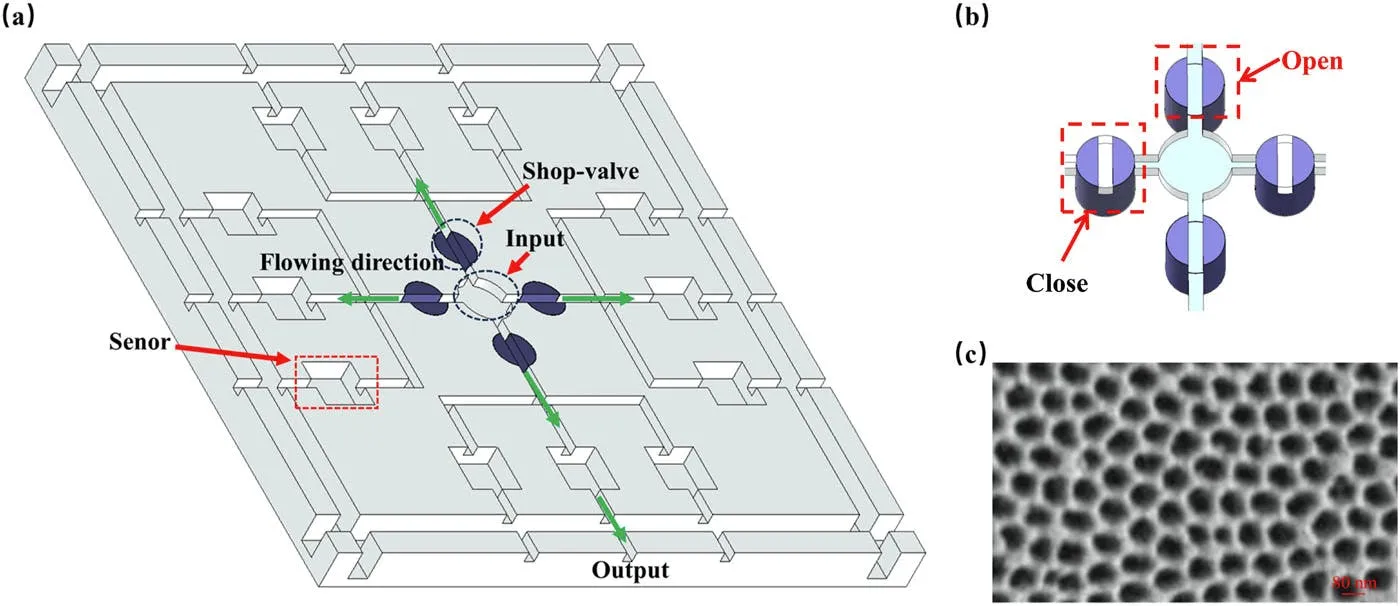Enhancing Pathogen Detection in Food Safety with 3D Technology

Introduction
Conventional detection methods used to identify pathogens in food, such as DNA sequencing and cell cultures, are effective, but contamination can happen. A new solution is on the horizon.
3D-Printed Microfluidic Devices
3D printing technology has paved the way for microfluidic devices that offer significant improvements in testing accuracy. These devices are designed to minimize the risk of contamination.
Advantages of 3D Technology
- Increased Accuracy: Improved detection rates compared to traditional methods.
- Cost-Effectiveness: Reduces costs associated with testing.
- Rapid Results: Faster testing times enhance food safety response.
Conclusion
Adopting 3D-printed microfluidic devices in food safety protocols represents a significant step forward in pathogen detection technology. This advancement not only ensures better food safety, but also empowers producers to act swiftly against potential foodborne illnesses.
This article was prepared using information from open sources in accordance with the principles of Ethical Policy. The editorial team is not responsible for absolute accuracy, as it relies on data from the sources referenced.